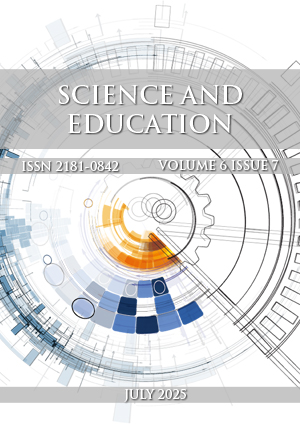Эксплуатациядаги темирбетон кўприкларининг техник ҳолатини баҳолашда замонавий мониторинг усулларининг аҳамияти
Keywords:
темирбетон кўприклар, мониторинг, сенсорлар, техник ҳолат, диагностика, барқарорликAbstract
Мазкур мақолада темирбетон кўприкларининг узоқ муддатли эксплуатацияси давомида юзага келадиган конструктив ўзгаришлар, ёриқлар, деформация ва тебраниш ҳолатларини ўз вақтида аниқлаш мақсадида замонавий мониторинг технологияларини жорий этиш масалалари атрофлича таҳлил қилинади. Хусусан, визуал, сенсорли ва рақамли (IoT) мониторинг усулларининг техник ва иқтисодий жиҳатлари таққосланади, уларнинг афзаллик ва камчиликлари кўрсатилади. Илмий асосланган мониторинг тизимлари орқали кўприклар хавфсизлигини таъминлаш ва узоқ муддатли барқарор фойдаланишга эришиш имкониятлари кўриб чиқилади.Downloads
Published
2025-10-26
How to Cite
Иномжон Ганиев, Элдор Мўминов, Ахаджон Мўминов, & Дилдора Равшанова. (2025). Эксплуатациядаги темирбетон кўприкларининг техник ҳолатини баҳолашда замонавий мониторинг усулларининг аҳамияти . Science and Education, 6(7), 45–51. Retrieved from https://openscience.uz/index.php/sciedu/article/view/7897
Issue
Section
Technical Sciences



